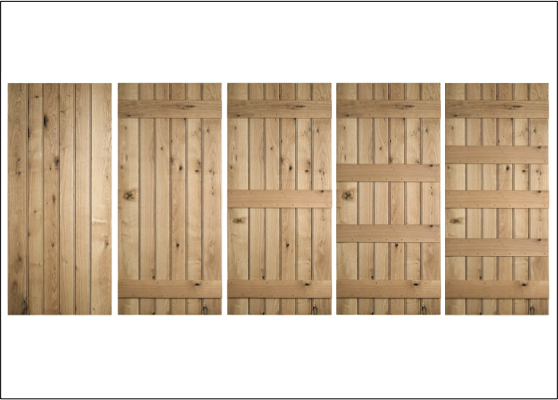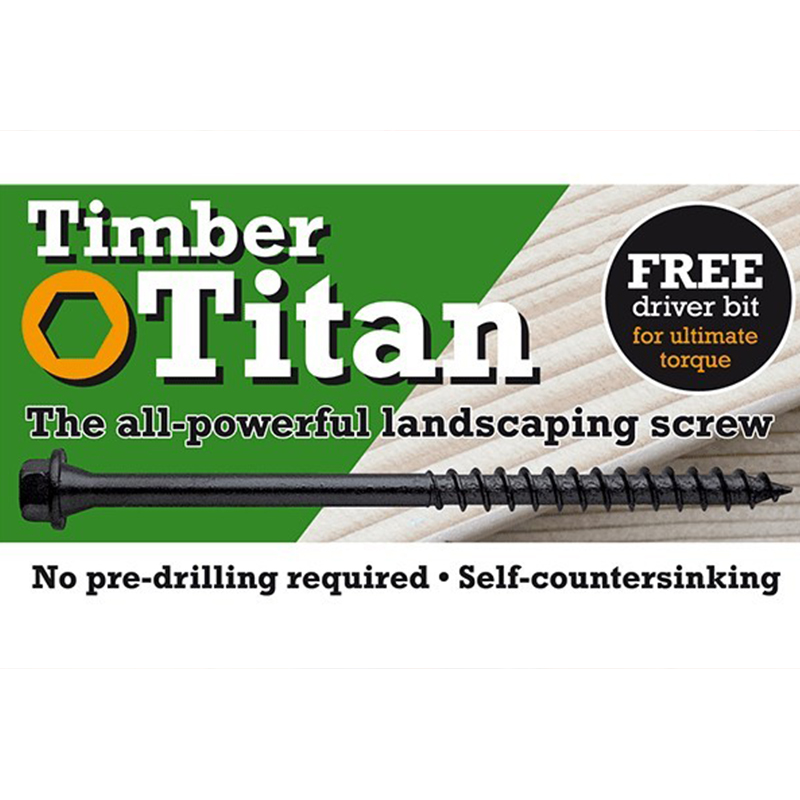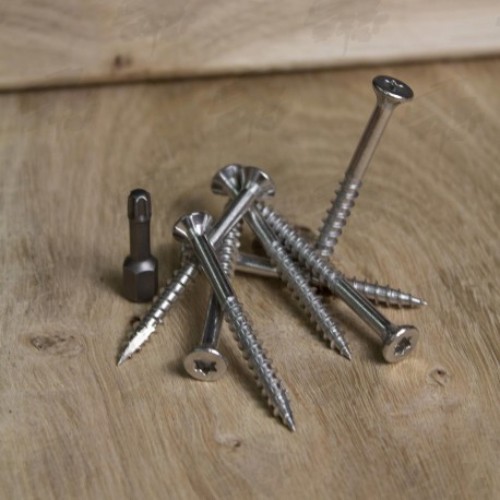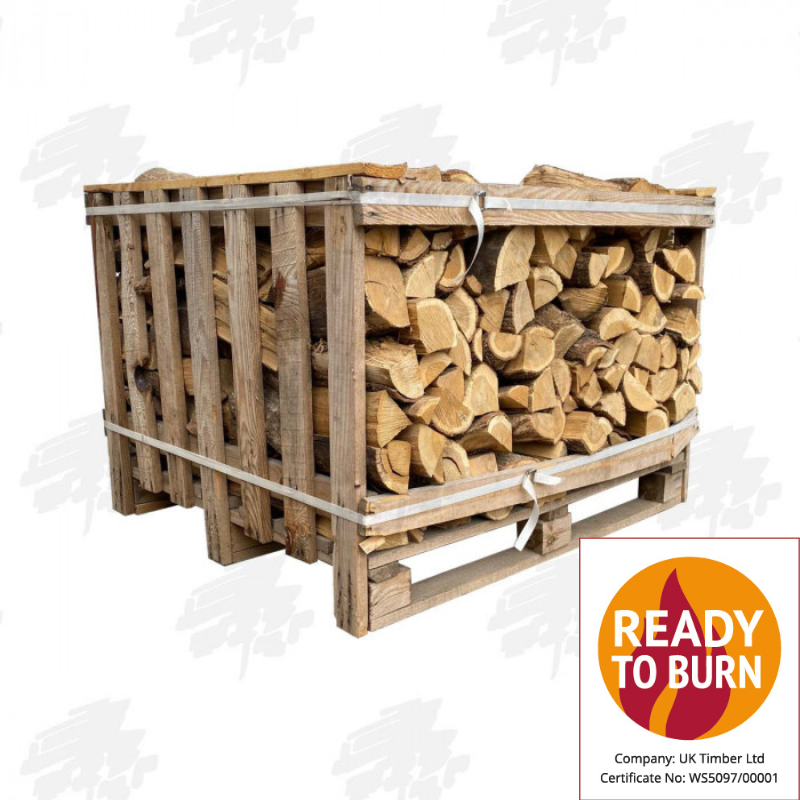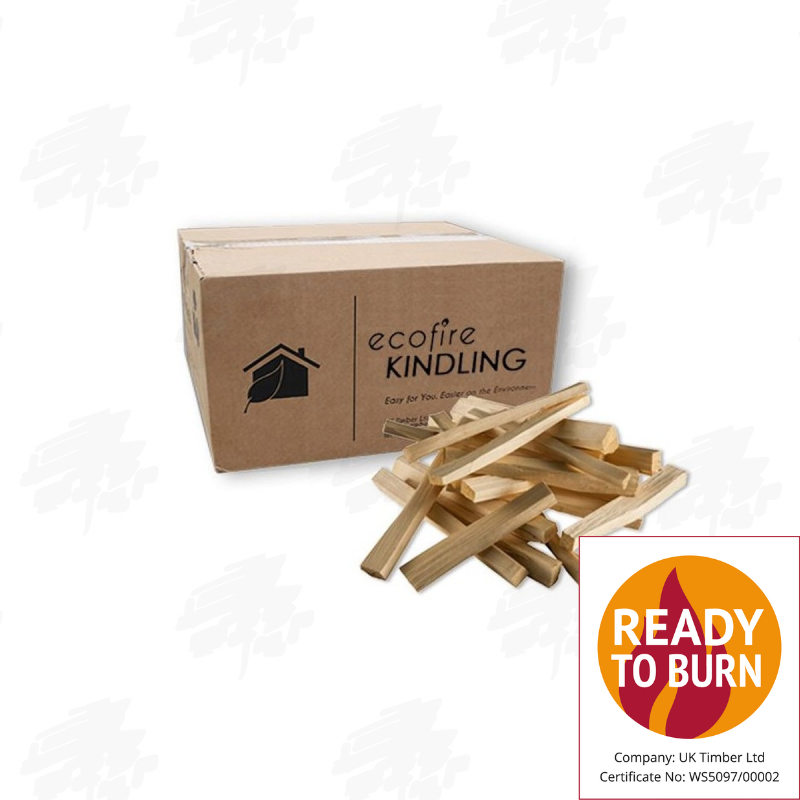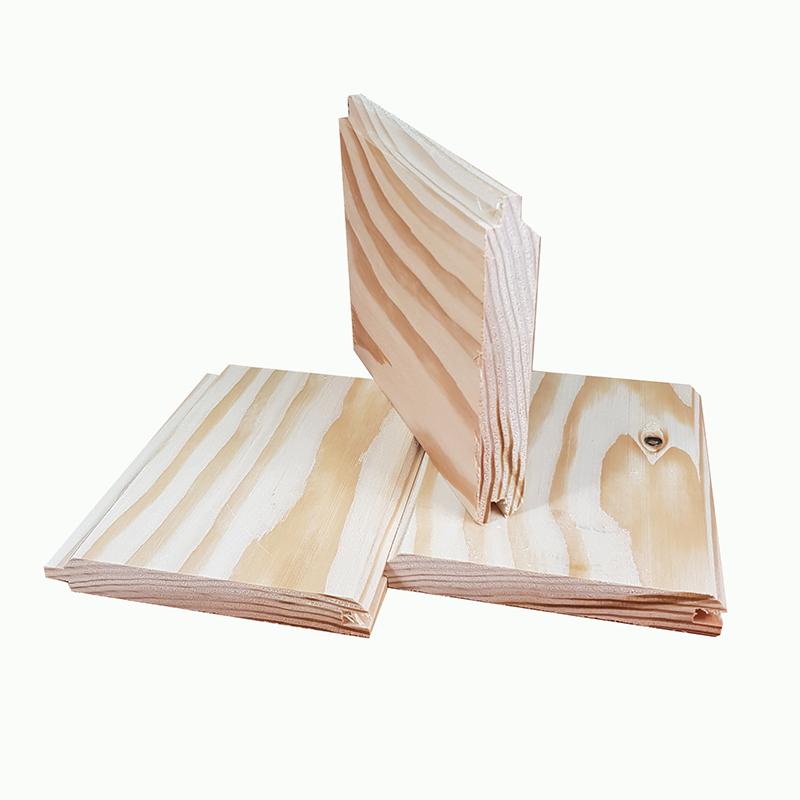Should You Leave Gaps Between Decking Boards? The Question That Divides DIY Britain
-
Railway Sleepers
-
Welcome to the New Look UK Sleepers Website
We're offering the same great range of products with a better user experience
Order Online 24/7 with delivery straight to you door!
-
-
Raised Bed Kits, Decking, Pergola Kits & Components
-
Raised Bed Kits, Decking, Pergola Kits & ComponentsFeatured Products
View our range of Pergola KitsBrowse our pergola kits, there is something for every need!
-
-
Sawn To Size - Custom Cutting
-
Sawn To Size - Custom CuttingWelcome to the New Look UK Sleepers Website
We're offering the same great range of products with a better user experience
Order Online 24/7 with delivery straight to you door!
-
-
Timber Cladding
-
Timber Cladding
Take a look at our wide range of timber cladding, in all manner of sizes, materials and profiles.
-
-
Beams, Boards & Structural Timber
-
Beams, Boards & Structural TimberFeatured Products
Beams, Boards and Structural TimberBrowse our range of boards, beams and other structural timber. Avaiable in Oak, Larch and Douglas Fir.
-
-
Handcrafted Gates, Gate Posts & Fencing
-
Handcrafted Gates, Gate Posts & FencingFeatured Products
-
-
Hardwood Flooring, Doors & Joinery
-
Hardwood Flooring, Doors & JoineryFeatured Products
Hardwood Flooring, Doors & JoineryLook at our wide range of Hardwood Flooring, Solid Wood Doors and Joinery products. Available in many materials and finished to get the aesthetic you desire.
-
-
Fixings & Treatments
-
Fixings & TreatmentsFeatured Products
Fixings & TreatmentsBrowse our range of fixings and treatments, with options to suit all the timber we offer.
-
-
Renewable Fuels
-
Renewable FuelsFeatured Products
Renewable FuelsWe have a large range of renewable fuels to choose from, including Wood Briquettes, Kiln Dried Firewood, Kindling and an assortment of firelighters.
-
-
Offers & Specials
-
Welcome to the New Look UK Sleepers Website
We're offering the same great range of products with a better user experience
Order Online 24/7 with delivery straight to you door!
-
- Our Products
- All Railway Sleepers
- Sleepers
- Raised Bed Kits, Decking, Pergola Kits & Components
- Timber Cladding
- Structural and Building Timber
- Handcrafted Gates, Gate Posts & Fencing
- Hardwood Flooring, Doors and Joinery
- Fuels
- Fixings and Treatments
- Other Pages
- Sawn to Size - Custom Cutting
- Offers & Specials
- Sleeper Grades Explained
- Oak Beam Grades Explained
- Timber Shipping Costs
- Payment Information
- Terms & Conditions
- About Us
- Find Us
- Contact Us
- Register For News & Offers
News
Should You Leave Gaps Between Decking Boards? The Question That Divides DIY Britain
Should You Leave Gaps Between Decking Boards? The Question That Divides DIY Britain
This question starts more heated discussions in our yard than almost any other decking topic. We'll have one customer insisting that gaps are essential for drainage and ventilation, while the next argues that tight-fitted boards look better and prevent debris accumulation. After supplying decking materials for thousands of projects across the UK, we've seen both approaches work well – and both fail spectacularly when done wrong.
The truth is more nuanced than either camp typically admits. Whether you need gaps depends on your specific situation, timber choice, and local conditions. Here's what we've learned from real installations about when gaps help and when they cause more problems than they solve.
The Engineering Reality Behind Gaps
Gaps serve three main functions: drainage, ventilation, and expansion allowance. Understanding how each affects your specific project determines whether gaps will help or hinder performance.
Drainage: Not as Simple as It Seems
Surface water drainage through gaps sounds logical, but the reality is more complex. On a properly constructed deck with adequate fall (minimum 1:100), surface water runs off the edges rather than through gaps. The drainage benefit of gaps is often overstated.
However, gaps do help in specific situations. Decks under trees benefit from gaps that allow leaf litter and organic debris to fall through rather than accumulating on the surface. Without gaps, these materials create maintenance headaches and potential slip hazards.
Ventilation: Where Gaps Really Matter
The ventilation provided by gaps significantly affects the space beneath your deck. Good airflow prevents moisture accumulation that can cause structural problems and unpleasant odours.
This matters most in enclosed or partially enclosed deck situations. If your deck sits close to the ground or has limited natural ventilation underneath, gaps become much more important for maintaining healthy conditions below.
What Different Timber Species Actually Need
European Oak: The Flexible Option
Oak's dimensional stability means it works well both gapped and ungapped. We've supplied oak decking for both approaches and seen excellent long-term performance with either method.
Gapped oak installations (typically 4-6mm) handle seasonal movement easily while providing ventilation benefits. Tight-fitted oak creates a more premium appearance and reduces debris accumulation, relying on the timber's natural stability to prevent buckling.
Pressure-Treated Softwood: Gaps Usually Help
Softwood decking typically benefits from gaps because of greater seasonal movement. Without expansion room, softwood boards can buckle during wet periods or pull fixings loose during dry spells.
We typically recommend 5-8mm gaps with pressure-treated softwood, depending on board width and local exposure conditions. The additional movement tolerance prevents most seasonal problems while maintaining adequate drainage and ventilation.
Tropical Hardwoods: Stability Allows Choice
Species like Yellow Balau or Ipe offer excellent dimensional stability, making both gapped and ungapped installations viable. The choice often comes down to aesthetic preference and site-specific drainage requirements.
Real-World Performance: What We've Observed
Last summer, we visited two oak decking installations completed three years earlier. Both used identical materials and construction methods, but one had 5mm gaps while the other was tight-fitted.
The gapped installation showed minimal seasonal movement and no maintenance issues. Leaves and debris fell through gaps, keeping the surface clean. However, the homeowner mentioned that her granddaughter's small toys occasionally fell through the gaps.
The tight-fitted deck required more frequent cleaning but created a premium appearance that the owners loved. No seasonal movement problems had developed, validating oak's stability in ungapped applications.
Both approaches worked well because they matched the timber's characteristics and the owners' priorities.
Gap Size: Why Precision Matters
The 4-6mm Sweet Spot
For most gapped installations in the UK, 4-6mm gaps provide optimal performance. Smaller gaps can close up during wet weather, eliminating drainage benefits. Larger gaps create safety concerns and allow more debris accumulation.
This sizing accommodates most timber movement while remaining narrow enough to prevent heel-catching or small object loss. It also provides adequate ventilation without creating drafts in covered deck areas.
Consistent Spacing: Critical for Appearance
Variable gap spacing immediately signals poor workmanship. Use spacers during installation to maintain consistent gaps throughout. Even perfect materials look amateurish with irregular spacing.
Plan gap spacing to work with your deck dimensions. Calculate total gap area to ensure you don't end up with an awkward narrow gap at one edge. Sometimes adjusting the standard gap size slightly creates better overall proportions.
Climate and Exposure Considerations
High-Moisture Environments
Decks in consistently wet conditions – think Scottish Highlands or exposed coastal areas – generally benefit from gaps. The additional ventilation helps prevent moisture accumulation that can cause rot in even treated timbers.
Covered decks in high-rainfall areas particularly benefit from gaps. Without natural drying from sun and wind, trapped moisture under solid decking can create serious problems over time.
Dry, Stable Conditions
In drier climates or well-ventilated locations, the ventilation benefits of gaps matter less. Aesthetic preferences and debris management often become more important considerations.
Urban environments with less organic debris may favour tight-fitted installations that create cleaner appearance and easier maintenance.
Safety and Practical Considerations
Heel and Stiletto Concerns
Narrow heels can catch in deck gaps, creating genuine safety hazards. If your deck sees formal entertaining or guests in dress shoes, consider this seriously during planning.
For family decks where stilettos are unlikely, standard 4-6mm gaps pose minimal safety concerns while providing practical benefits.
Small Object Loss
Families with young children often prefer ungapped decking to prevent toy loss. Keys, coins, and small garden tools can disappear through gaps, creating inconvenience and expense.
Consider your lifestyle when making this decision. If you frequently use the deck space for activities involving small objects, gaps may cause more problems than they solve.
Maintenance Implications
Gapped Decking Maintenance
Gaps reduce surface debris accumulation but can trap materials underneath. Plan for occasional cleaning of the space below your deck, especially in areas with heavy leaf fall.
Power washing works well with gapped decking – debris washes through gaps rather than requiring manual removal. This can significantly reduce annual maintenance time.
Ungapped Decking Maintenance
Solid deck surfaces show debris more clearly and require more frequent cleaning. However, all debris remains visible and accessible for removal.
Without drainage through gaps, ensure adequate deck fall and clear drainage routes at deck edges. Standing water on ungapped decking can cause slip hazards and accelerated wear.
Installation Considerations
Substructure Requirements
Gapped decking requires adequate ventilation underneath to realize the benefits. Ensure your joist spacing and support structure don't impede airflow.
Solid decking places different demands on substructure drainage. Without drainage through the deck surface, managing water that reaches the substructure becomes more critical.
Fixing Methods
Secret fixing systems work with both gapped and ungapped installations but require different approaches. Gapped installations can use face fixing if preferred, as the fixings become less visible.
Ungapped installations typically benefit from secret fixing to maintain the premium appearance that tight-fitted boards provide.
The Decision Framework
When customers ask our advice, we focus on three key questions:
What timber species are you using? Stable species like oak offer more choice, while movement-prone softwoods typically favour gaps.
What's your site exposure? High-moisture locations generally benefit from gaps, while dry sites offer more flexibility.
How will you use the deck? Family entertainment, formal dining, children's play areas all have different requirements that influence the gap decision.
Common Mistakes and How to Avoid Them
Inconsistent Spacing
Use proper spacers throughout installation. Even experienced installers struggle to maintain consistent gaps by eye across large deck areas.
Ignoring End Gaps
Board end spacing needs attention too. Allow 5-10mm gaps at board ends to accommodate length-wise expansion, regardless of your side-gap strategy.
Inadequate Planning
Calculate your gap requirements before starting installation. Ensure your chosen gap size works with deck dimensions to avoid awkward spaces at edges.
The Bottom Line
Both gapped and ungapped decking can perform excellently when matched to appropriate timber species and site conditions. The key lies in understanding your specific requirements rather than following universal rules.
Choose gaps when ventilation, drainage, or timber movement characteristics favor them. Choose tight-fitted installation when appearance, debris management, or safety concerns take priority.
Most importantly, commit fully to your chosen approach. Consistent execution matters more than the specific choice between gapped and ungapped installation.
Planning your decking project? Our team has experience with both gapped and ungapped installations across all timber species. Call us on 01536 267107 to discuss which approach suits your specific project, or browse our complete range of decking boards and materials online.
Use our chat on the right, or contact us
or send us an email at
sales@uksleepers.co.uk.
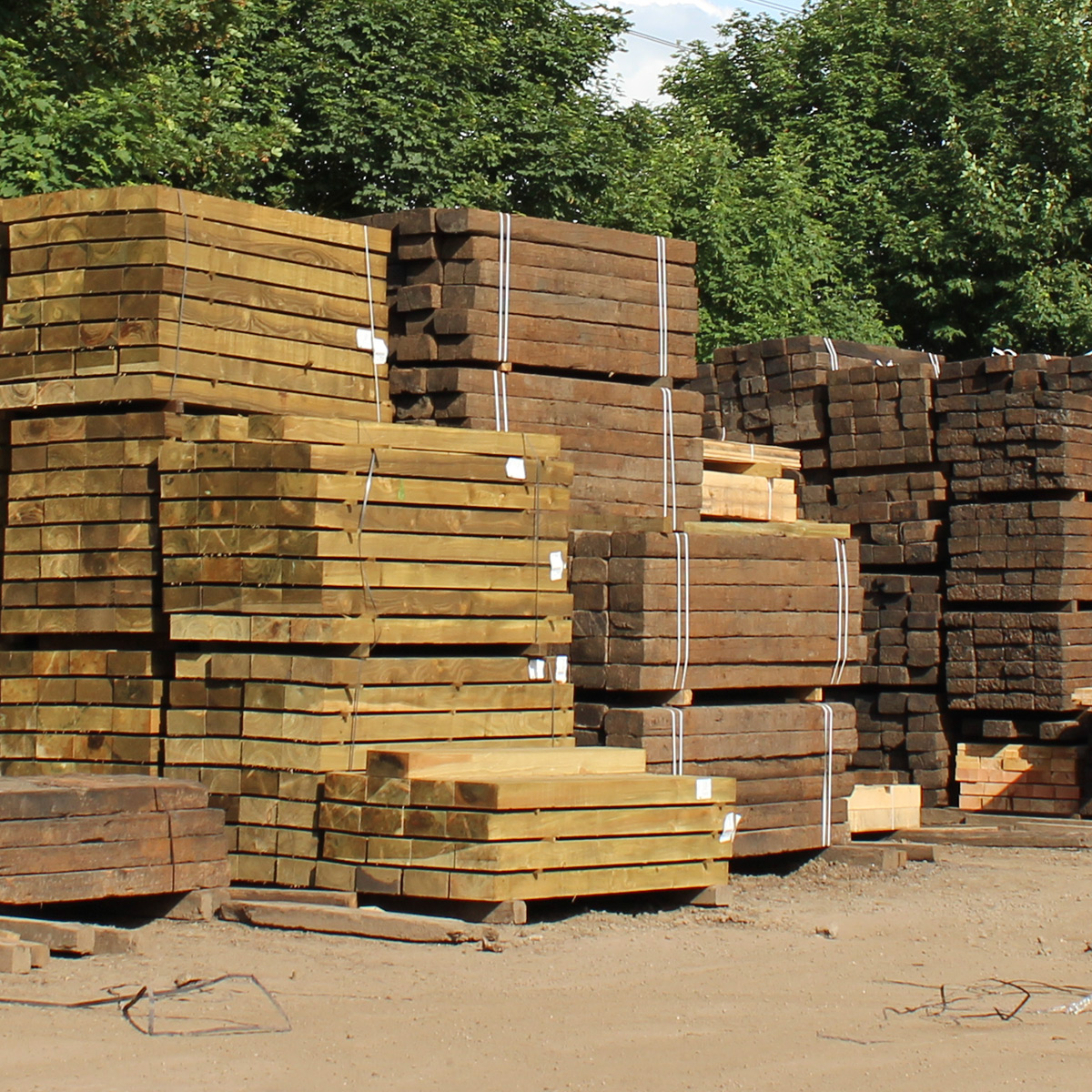
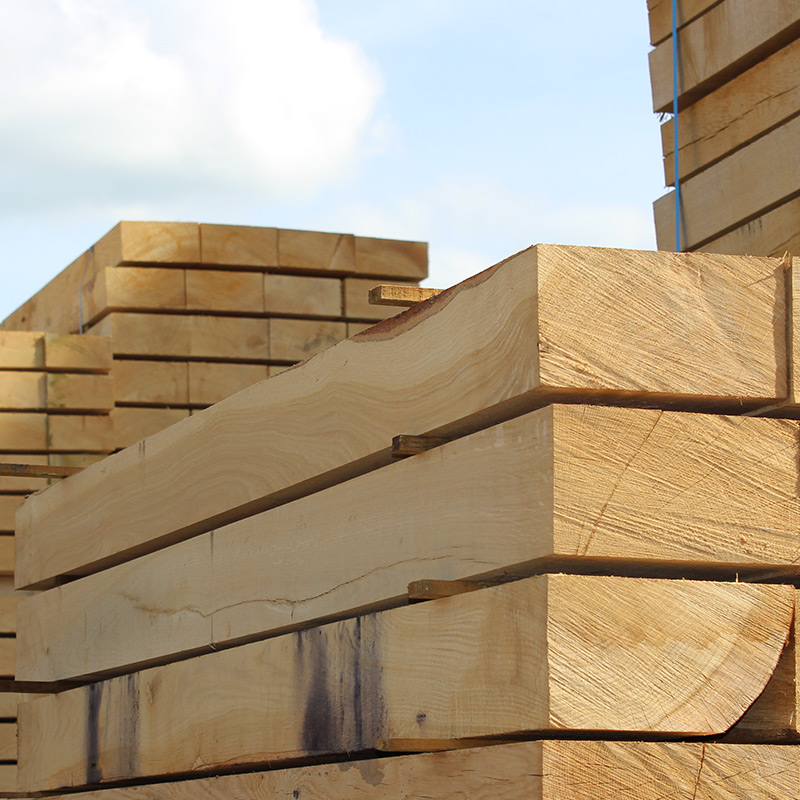
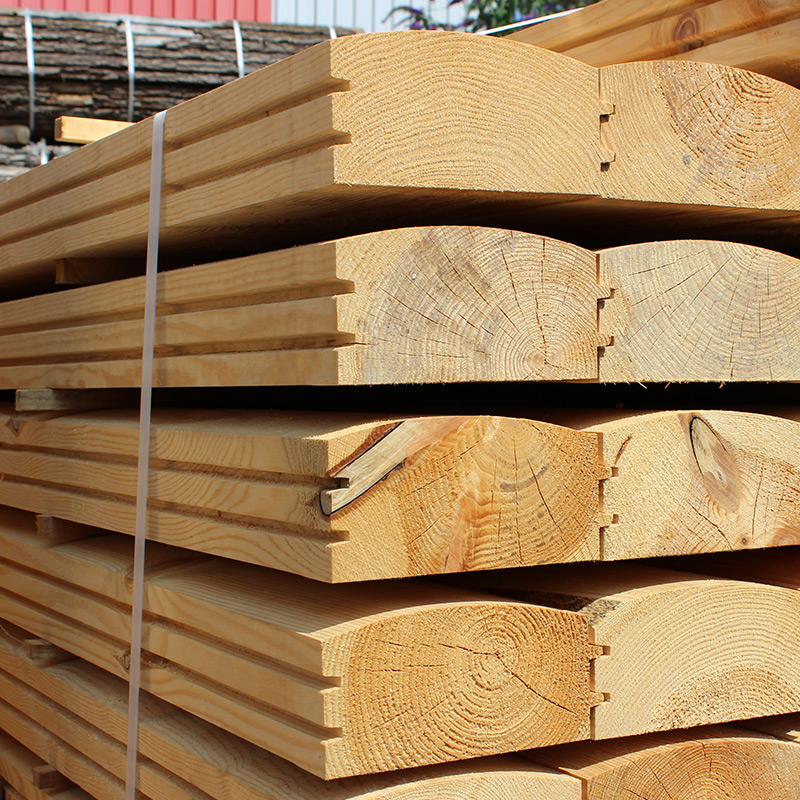
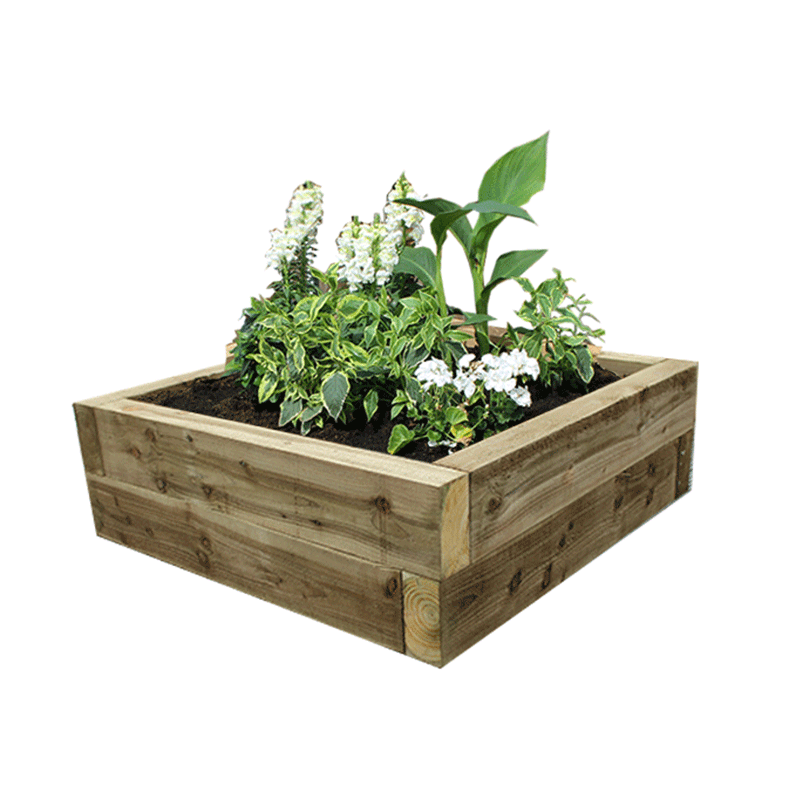
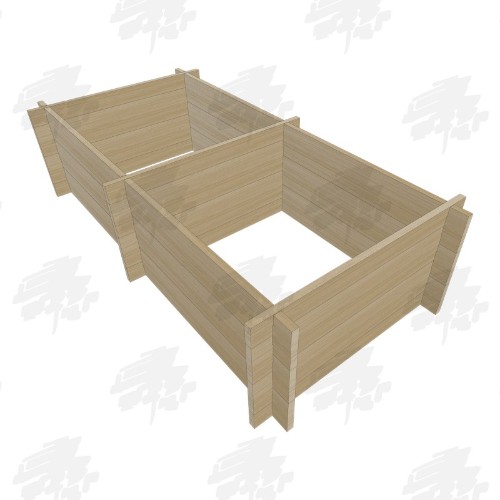
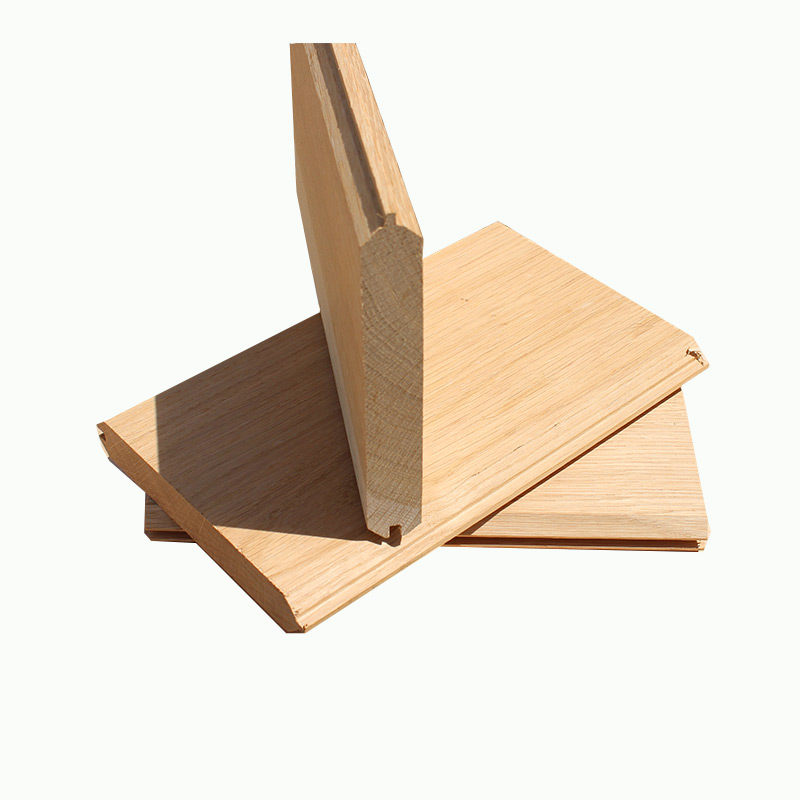

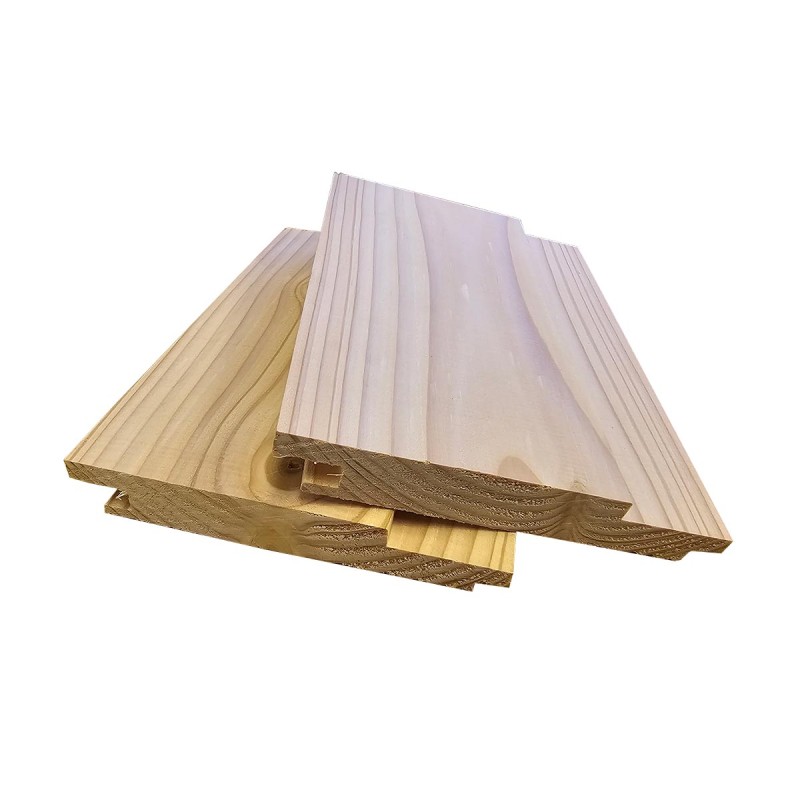
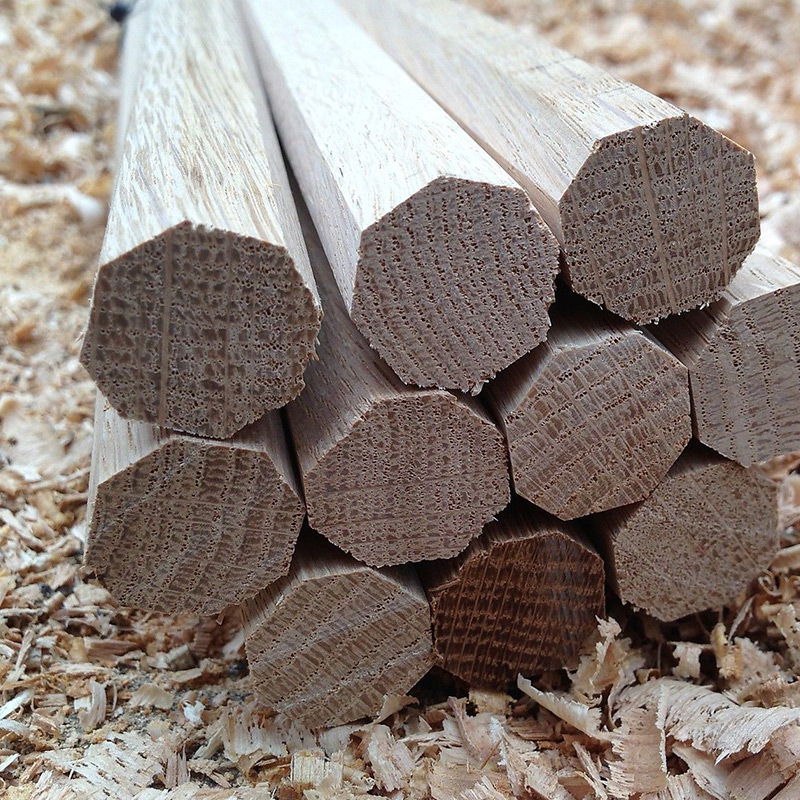

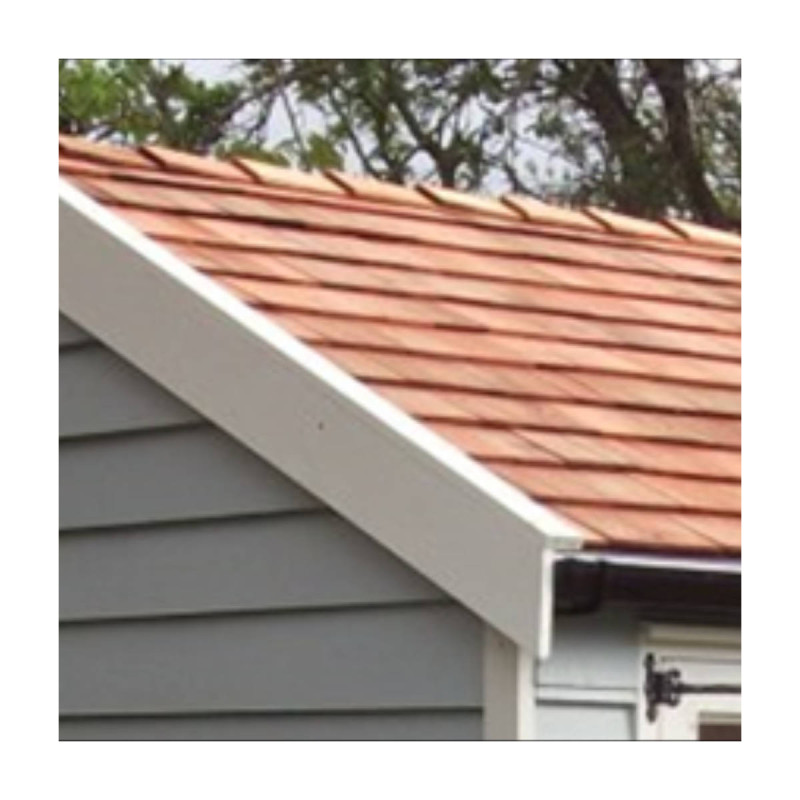
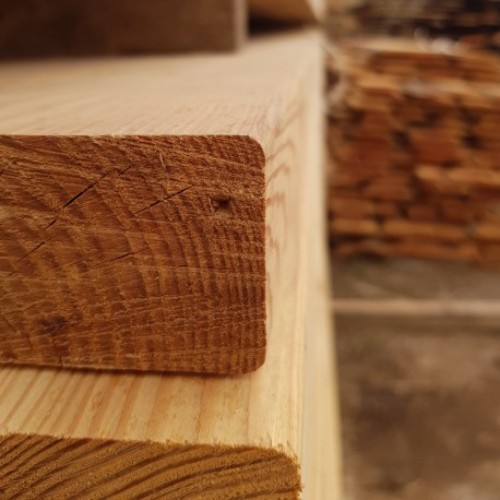
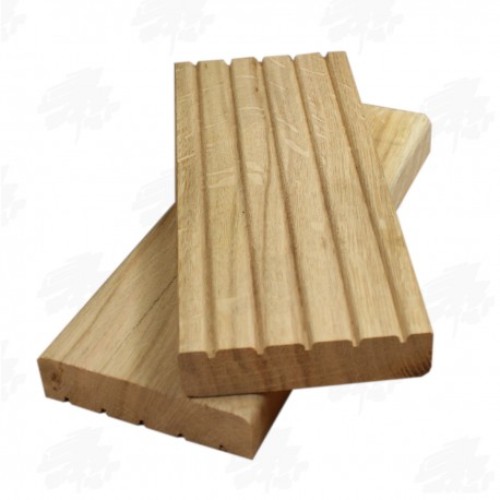
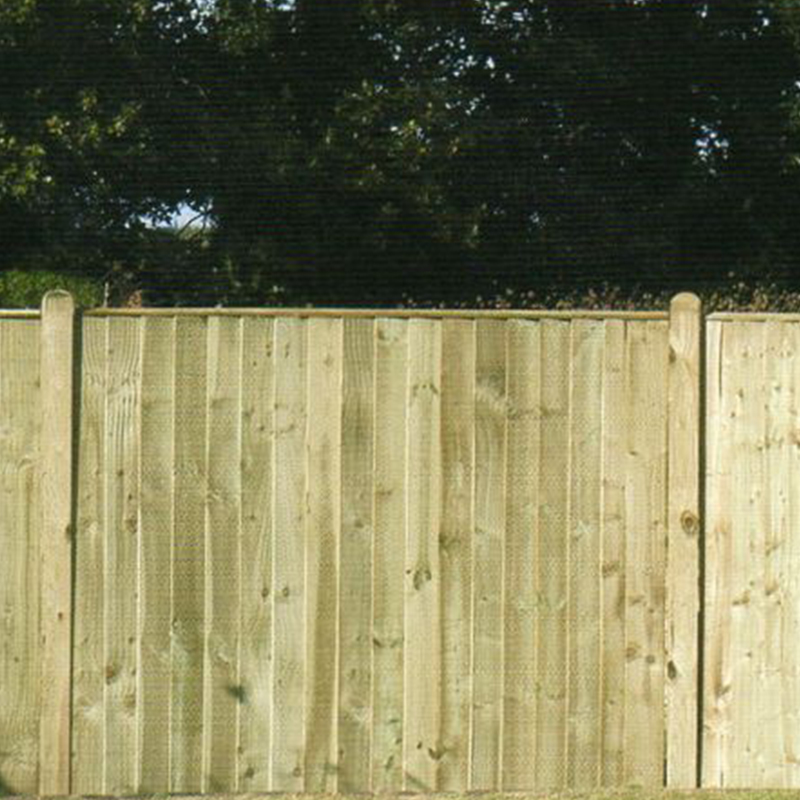
.jpg)
